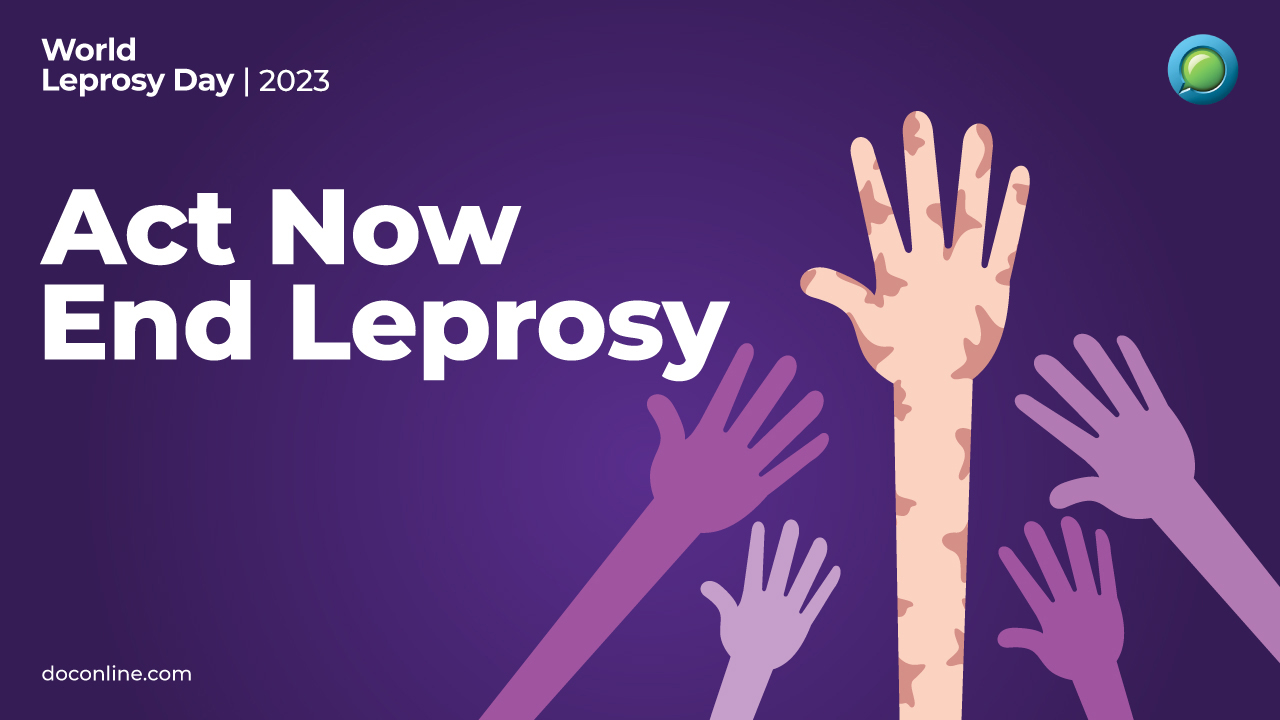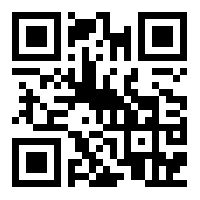Hansen’s disease or leprosy is known to humankind for the last 4000 years, making it one of the oldest diseases. It is still seen as a curse. People with leprosy are still discriminated against and asked to leave their communities. Leprosy day is observed every year on the 30th of January in India (the death anniversary of Mahatma Gandhiji) to raise awareness about the disease, and end the stigma associated with it.
Many people in developed countries believe that disease has been eradicated from the world but it’s a myth. Yes, leprosy exists even today!
Let’s see the burden of leprosy.
As per WHO, 127,558 new cases were reported worldwide in the year 2020. Millions of people live with disabilities related to leprosy. India also reported 65,147 new leprosy cases in the year 2021-22 as per National Leprosy Eradication Programme (NLEP) statistics. A few cases have been detected in the United States too, in recent years.
What is Leprosy?
Leprosy is a chronic bacterial infection caused by slow-growing bacteria, Mycobacterium leprae or Mycobacterium lepromatosis. The bacteria was identified first by Gerhard Henrik Armauer Hansen, a Norwegian doctor, that’s why this disease is also known as the Hansen’s disease. This bacteria affects the skin, the peripheral nerves, the mucus membrane of the upper respiratory tract [nose and throat], and the eyes. If left untreated, it can lead to skin ulcers, nerve damage, and weakness of muscle which can gradually cause disability and disfigurement. This is the reason for the stigmatization and prejudice suffered by patients suffering from leprosy.
Did you know 95% of the human population is immune to the Mycobacterium Leprae?
What are the types of leprosy?
Leprosy has been classified in different ways depending on various factors such as
- Number of lesions and presence of bacteria
Table 1: WHO Classification of types of Leprosy
| WHO classification | Number of Lesions | Bacterium detection in skin smear |
| Paucibacillary | Less than or equal to 5 | None |
| Multibacillary | More than 5 | Present |
- Based on the severity of the disease
Table 2: Classification based on the severity
| Types | Immune response | Symptoms | Contagious | Characteristics [Disease response] |
| Tuberculoid | Very good | Mild [few sores] | Non-infectious | Paucibacillary [may heal, or progress to severe form] |
Borderline
| Variable |
| Slightly infectious | Dimorphus leprosy [May persist as borderline, regress to tuberculoid, or progress to lepromatous ] |
| Lepromatous | Poor |
| Infectious | Multibacillary [Doesn’t regress] |
Who is at risk of getting Leprosy?
Anyone can contract the infection, however, children aged 5 to 9 years are at a higher risk than adults. Leprosy is not highly contagious, but prolonged close contact with an infected person can transmit the infection through airborne droplets that are produced when an untreated person coughs or sneezes.
Table 3: Epidemiology of Leprosy
1 | Causative agent | Mycobacterium leprae |
2 | Mode of transmission |
|
| 3 | Incubation period | 5 years [average] |
| 4 | Susceptible popopulation |
|
The bacterium multiplies very slowly and symptoms of the disease may appear after 5 years on average.
What happens when a person is infected with Mycobacterium leprae?
Those with a good immune response recover spontaneously, although, in a susceptible individual, a subclinical infection sets in, which may result in symptoms depending on his/her immune activity.
What are the signs and symptoms of Leprosy?
The signs and symptoms of leprosy include:
Irreversable skin changes:
- Pale-colored or red skin patches with reduced sensation
- Dry flaky stiff/thick skin
- Lumps/nodules on face/earlobes
- Loss of eyebrows/eyelashes
- Painless ulcers/wounds on soles or hands
Signs of nerve damage:
- Muscle weakness/paralysis/loss of function of hands and feet
- Enlarged nerves [around knee/elbow]
- Corneal ulcer/Loss of vision
Other symptoms may include nose bleeds and nasal congestion. If left untreated, it may result in permanent damage such as disfigurement of the nose, loss of toes and fingers, paralysis, and blindness.
How is Leprosy diagnosed and treated?
Clinical evaluation of signs and symptoms followed by a skin biopsy to detect the presence of bacteria confirms the diagnosis. A lepromin test can help determine the type of leprosy [positive reaction in Tuberculoid and borderline tuberculoid types]
Leprosy is curable with Multi-Drug Therapy (MDT) regimen to be taken for a minimum of 6 months to 2 years depending upon the type of leprosy. Treatment should be taken for the time duration as advised by the physician to clear up all bacteria, prevent further damage and stop the spread of the disease. Sometime, steroids are prescribed for nerve pain/damage.
It’s important to understand that Leprosy is treatable and preventable. There is no need to panic if you see any skin changes. All you need to do is to act fast, talk to a doctor at DocOnline, and get assistance. Remember, early detection before the occurrence of permanent damage, and timely intervention through the MDT regime can cure the disease.













